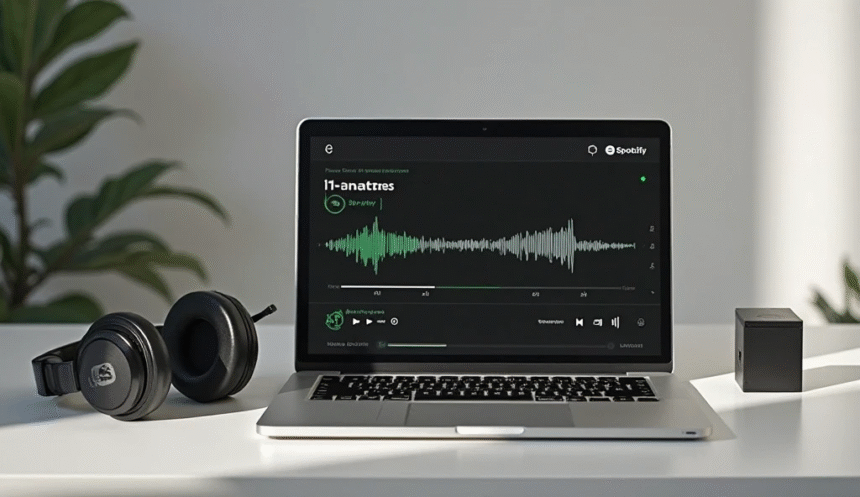In a digital music era defined by streaming stats and viral moments, short songs often under two minutes are taking over Spotify charts. But why are artists opting for brevity, and how is this trend reshaping the music industry?
The Rise of the “Stream-Friendly” Song
Spotify and other platforms reward total streams over song length, meaning a 90-second song played twice counts more than a 4-minute song played once. This has encouraged artists to craft concise, replayable tracks that maximize streaming numbers and visibility on curated playlists.
TikTok’s Influence on Track Length
Social media platforms like TikTok have become massive engines for music discovery, where 15 to 30-second clips often determine a song’s popularity. As a result, artists are designing tracks that hook quickly and are easily trimmed for viral moments—favoring short intros, catchy choruses, and fast-paced lyrics.
Creative Constraints or Artistic Evolution?
Some critics argue that the trend sacrifices depth and narrative, but others see it as a creative shift—a way to deliver impactful music in compact forms. Artists like Lil Nas X and PinkPantheress have turned this model into an art form, proving that short doesn’t mean shallow.

Music Industry Adapting to the Short-Form Culture
Record labels are also leaning in, promoting songs that perform well on streaming metrics and generate higher revenue per minute. As listener attention spans shrink and content competition rises, short songs offer a strategic edge in grabbing—and holding—audiences.
Conclusion
Short songs are not just a passing trend—they’re a strategic response to how we consume music in 2025. As platforms evolve and artists adapt, the definition of a “hit song” may forever be changed.








